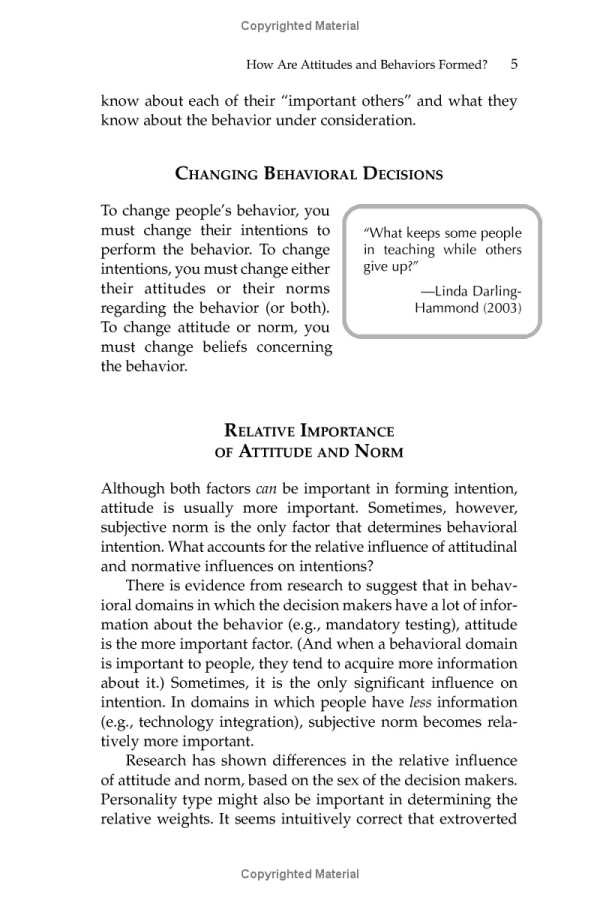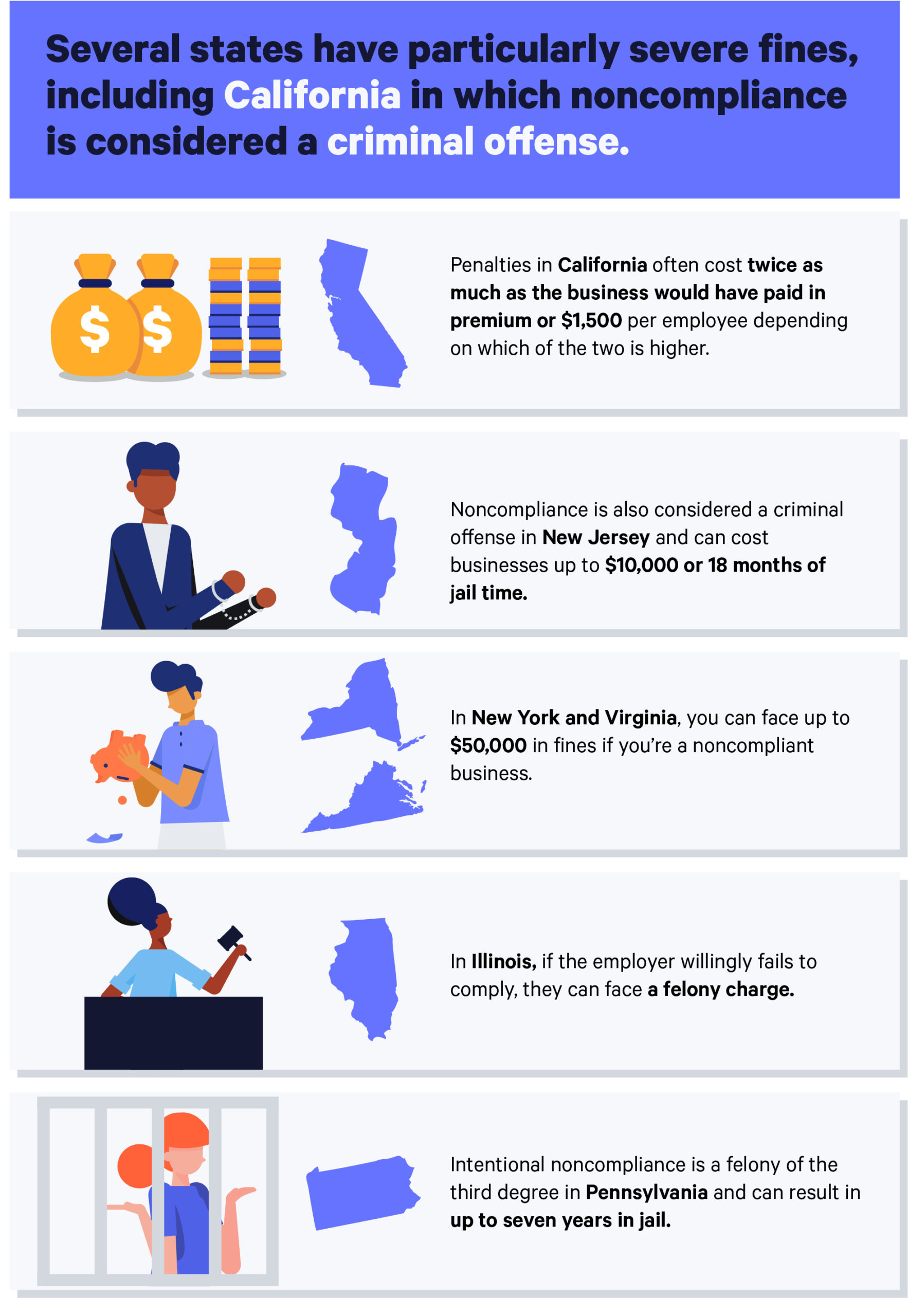Understanding Forbearance on Federal Student Loans: A Comprehensive Guide
Guide or Summary:Forbearance Federal Student LoansWhat is Forbearance?Types of ForbearanceHow to Apply for ForbearanceImplications of ForbearanceAlternative……
Guide or Summary:
- Forbearance Federal Student Loans
- What is Forbearance?
- Types of Forbearance
- How to Apply for Forbearance
- Implications of Forbearance
- Alternatives to Forbearance
Forbearance Federal Student Loans
Forbearance on federal student loans is a temporary relief option that allows borrowers to pause or reduce their loan payments for a specific period. This financial tool is particularly beneficial for individuals facing temporary hardships, such as job loss, medical emergencies, or other unforeseen circumstances that impact their ability to make regular payments. Understanding how forbearance works, its implications, and the process involved is crucial for any borrower considering this option.
What is Forbearance?
Forbearance is a formal agreement between a borrower and a lender that allows the borrower to temporarily stop making payments or to reduce their payment amount. In the context of federal student loans, forbearance can be granted for various reasons, including financial difficulties, medical expenses, or other personal issues that affect a borrower’s ability to pay. It is essential to note that while forbearance provides short-term relief, interest on the loans generally continues to accrue during this period, which can increase the overall amount owed once payments resume.
Types of Forbearance
There are two primary types of forbearance for federal student loans: discretionary and mandatory forbearance.
1. **Discretionary Forbearance**: This type of forbearance is granted at the lender's discretion. Borrowers must demonstrate their financial difficulties, and the lender will decide whether to approve the request. Discretionary forbearance can be utilized for various reasons, including temporary financial hardship or significant medical expenses.

2. **Mandatory Forbearance**: This type is required by law to be granted by the lender under specific circumstances. For example, if a borrower is serving in a medical or dental internship or residency, they may qualify for mandatory forbearance. Other qualifying conditions include a borrower’s monthly student loan payment being 20% or more of their monthly gross income.
How to Apply for Forbearance
Applying for forbearance on federal student loans typically involves several steps:
1. **Contact Your Loan Servicer**: The first step is to reach out to your loan servicer. They can provide specific information about your loan type and eligibility for forbearance.
2. **Complete the Forbearance Request Form**: Most loan servicers will require borrowers to fill out a forbearance request form. This form will ask for details about your financial situation and the reason for your request.

3. **Submit Documentation**: Depending on the type of forbearance you are applying for, you may need to submit documentation that supports your request, such as proof of income or medical records.
4. **Await Approval**: After submitting your request, your loan servicer will review your application and inform you of their decision. If approved, you will receive confirmation detailing the terms of your forbearance.
Implications of Forbearance
While forbearance can provide necessary relief, it is essential to understand the implications it carries. One of the most significant drawbacks is that interest continues to accrue during the forbearance period. This means that once the borrower resumes payments, their total loan balance may be higher than before. Additionally, forbearance may not be the best long-term solution, as it does not address the underlying financial issues that led to the need for forbearance in the first place.
Alternatives to Forbearance
Before opting for forbearance, borrowers should consider other alternatives, such as income-driven repayment plans, which can lower monthly payments based on income and family size. These plans can provide a more sustainable solution for managing federal student loans, especially for those experiencing long-term financial challenges.

In conclusion, forbearance on federal student loans can be a helpful tool for borrowers experiencing temporary financial hardships. However, it is essential to weigh the benefits against the potential long-term implications, including accruing interest. Understanding the types of forbearance, the application process, and exploring alternative options can help borrowers make informed decisions about their student loan repayment strategies.